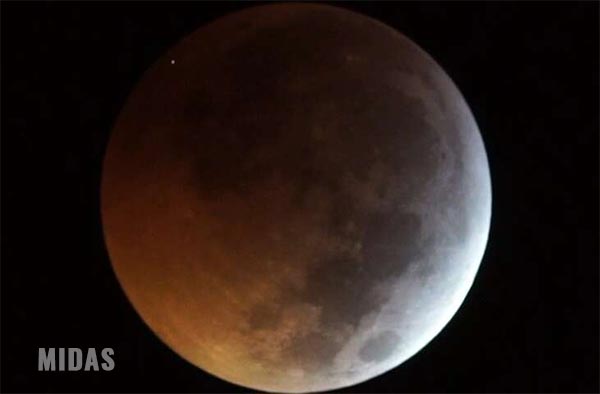So, the Milky Way has a gaping hole – but what caused it?
11/02/2019 / By Grace Olson

A “dense bullet” has pierced a hole through the Milky Way – but the gun is nowhere to be found.
For Ana Bonaca, a researcher at the Harvard-Smithsonian Center for Astrophysics, there’s evidence that something has been causing a series of holes in the GD-1 stellar stream, the longest stream in the Milky Way. After further inquiry and investigation, she found proof of dark matter – one of space’s greatest mysteries.
Something punched a hole in the galaxy
Bonaca presented her finding – a hole in the GD-1 stellar stream – at a recent conference of the American Physical Society in Denver. Stellar streams refer to lines of stars orbiting a galaxy. The stars of GD-1, in particular, originated from other globular clusters (like miniature galaxies) that became part of the Milky Way a long time ago.
She pointed out that stellar streams usually look like a single continuous line, except for one gap. This gap is where the original globular cluster used to be before it split into two directions.
However, Bonaca discovered that GD-1 has a second gap. She came across this finding after cross-checking data from the GAIA mission and the Multi-Mirror Telescope. GAIA is a space observatory of the European Space Agency program that aims to chart a three-dimensional map of the Milky Way. It maps out billions of stars and traces their movements. On the other hand, the Multi-Mirror Telescope, based in Arizona, helps identify which stars are part of GD-1 and which stars are not.
Her efforts resulted in the most precise image of the GD-1 stellar stream. It showed the gap where a globular cluster used to be and a previously unseen area of GD-1. This is where she found the other gap: It had a ragged edge – as if something pierced through the stream and dragged stars along with it. Excited by this discovery, she set out to find what caused that gap. (Related: The mysterious glow in the Milky Way may be coming from clouds of DIAMONDS in space.)
Searching for a space gun
After her analysis, Bonaca put forward four possibilities that may have caused the hole.
First, she considered the theory that a star pierced the stellar stream. However, that suggestion was quickly dismissed due to physical limitations. The mystery object was massive, reaching 30 to 65 light-years across. Compared to the sun, it was orders of magnitude larger, and there were simply no stars of that mass.
Afterward, Bonaca wondered if the mystery object could be a black hole. Considering the gap’s size, it would have to be a supermassive black hole – similar to that found at the center of the Milky Way. While most galaxies have only one, she pointed out that having two supermassive black holes in one galaxy is possible. However, such a black hole would have left a trace, like radiation or flares from its accretion disk – something that GD-1 didn’t have.
Third, she considered if the hole was caused by a luminous object traveling through the galaxy. It was possible that it pierced through the stellar stream and was simply hiding somewhere. It might have been something like a bullet, which zipped through space, or a dark hammer, slow but massive. However, with no evidence of such a luminous object, it was difficult to pinpoint where it could have headed.
The last theory proved to be the most interesting. Bonaca theorized that the hole was caused by a large clump of dark matter. If true, it would be one of the first pieces of evidence to support black matter’s existence.
A mystery shrouded in mystery
Dark matter refers to non-reflective, non-luminous unseen matter. Scientists deduced its existence by calculating the rotation of galaxies, which would fly apart without dark matter. They believe that 80 percent of the universe is comprised of dark matter, even if there is no direct evidence for it – until now.
The study, while it is yet to be published, already offers a lot of exciting insights. If the mystery object was dark matter, it would help provide information and a deeper understanding of this elusive entity.
Bonaca wanted to continue mapping projects and discover more about the unseen matters in space. This, she hoped, would eventually result in maps of dark matter in the Milky Way.
Sources include:
Tagged Under: astronomy, cosmic, dark matter, future science, Galaxies, GD-1 stellar stream, Milky Way, Mysteries, outer space, research, science and technology, scientific discovery, Space, stellar system, Unexplained
RECENT NEWS & ARTICLES
Cosmic.News is a fact-based public education website published by Cosmic News Features, LLC.
All content copyright © 2018 by Cosmic News Features, LLC.
Contact Us with Tips or Corrections
All trademarks, registered trademarks and servicemarks mentioned on this site are the property of their respective owners.



















